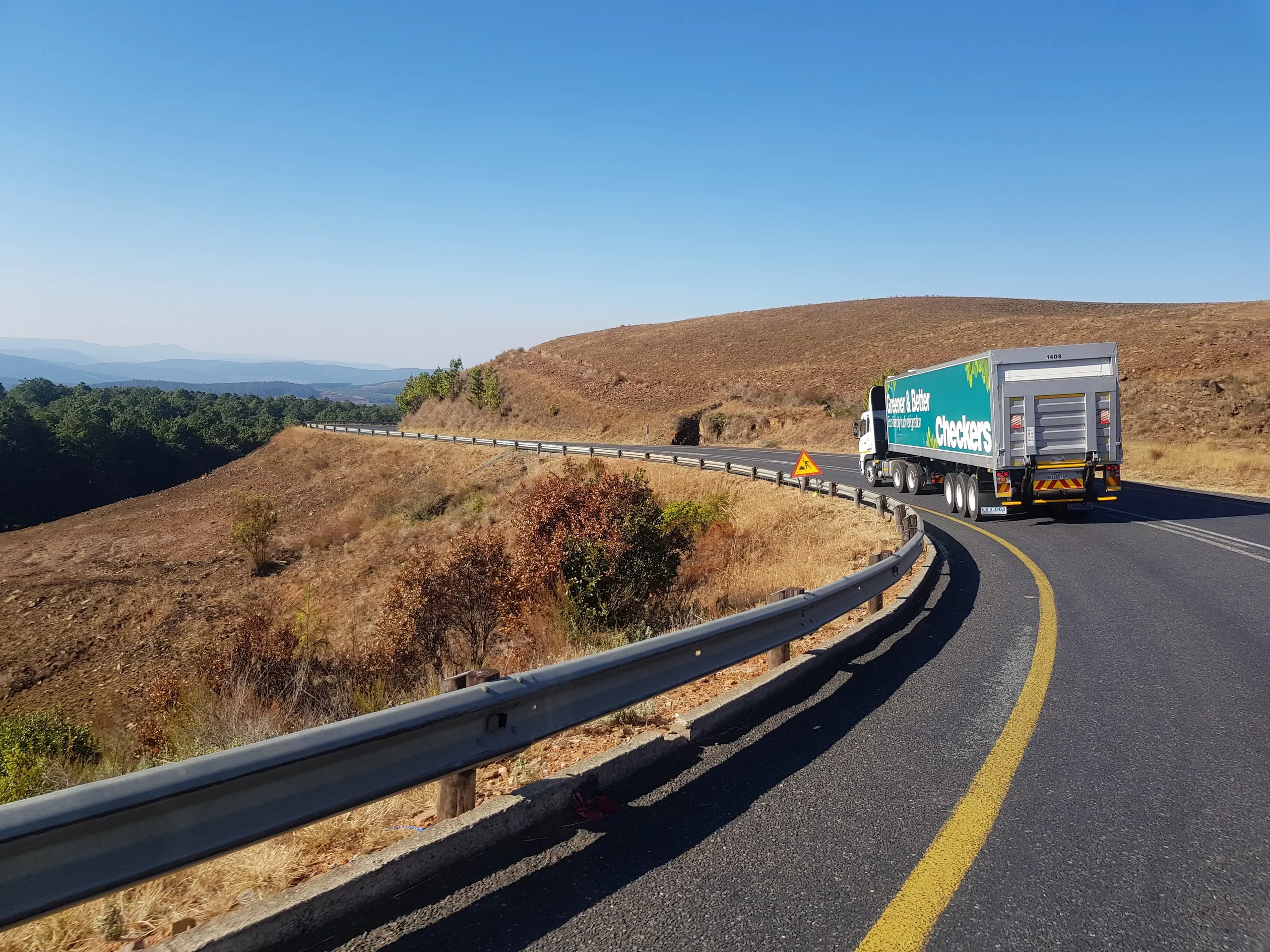Mobile Billboards vs Classic Billboard Advertising?
For years, once a business decided to get into billboard advertising, they were giving up on OOH ad tracking. Although tracking is becoming more common on outdoor banner spaces today, it is only broadly available in large cities and suburbs. Another OOH option is advertising on transit: bus stops, buses, trains etc – a very fractured and localized industry that is great for a concentrated broad brand awareness campaign, but where CPM tracking is non-existent. In addition, both out-of-home billboards and transit ads are only options for the places where these methods exist – cities and urban areas. If you wanted to advertise in suburbs or rural areas – TV, radio and online were your only options until recently.
Mobile billboards
Advertising on semi-trailers and box trucks has been an alternative to traditional out-of-home advertising for many years now. For those who don’t want to be tied to any geographic area or just want to reach audiences that spends most of their time out of home driving – rural and suburban. The challenge has always been, like with out-of-home ads, how do you track the results? The answer came in 2015 with the Federal Motor Carrier Safety Administration mandate for motor carriers to use electronic logging devices. In addition to the stationary logging devices installed inside the vehicles themselves, truck drivers have long transitioned to the use of smartphones for everything they do, so the tracking of the truck’s location could now be done in many ways. In other words, every truck on the road today has a GPS tracker, making it the perfect medium as a traceable mobile billboard not tied to a static location. Here are a few things that make the trucks stand out, as opposed to other OOH options:
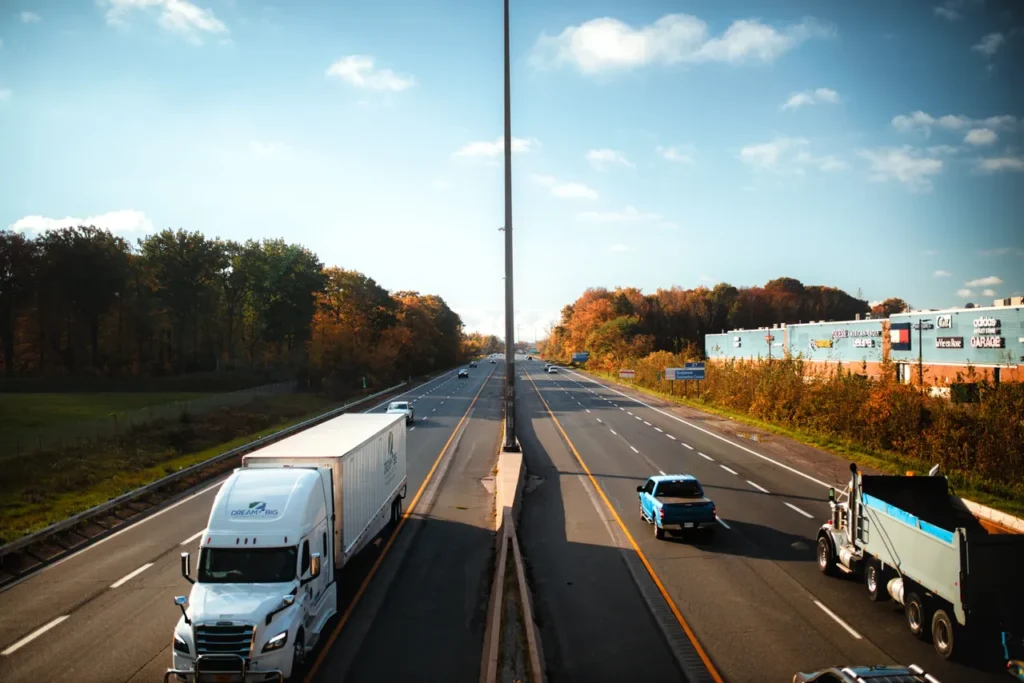
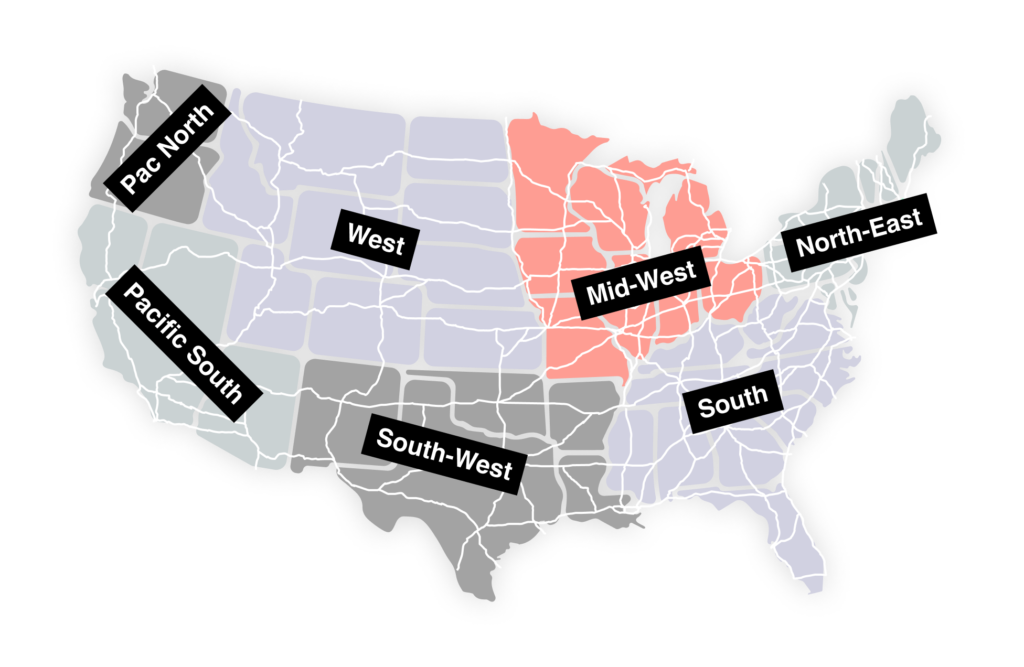
Geographic targeting
Each truck has its advertising area, giving the advertiser flexibility in targeting:
– Local fleets are tied to a specific metro area – think Miami – West Palm Beach
– Regional carriers operate in more loosely defined local areas – think routes from New York to Boston and everything in between
– Nationwide carriers drive on interstate highways across the country and can potentially visit any metro area.
OOH Campaign Metrics
Advertising campaign metrics, like CPM, impressions and geographic coverage are also fully traceable thanks to the data from the DOT. You can estimate the number of vehicles that will have seen the ad thanks to the detailed tracking. Using that, combined with the data from the DOT, the advertiser gets a reliable campaign performance metric.
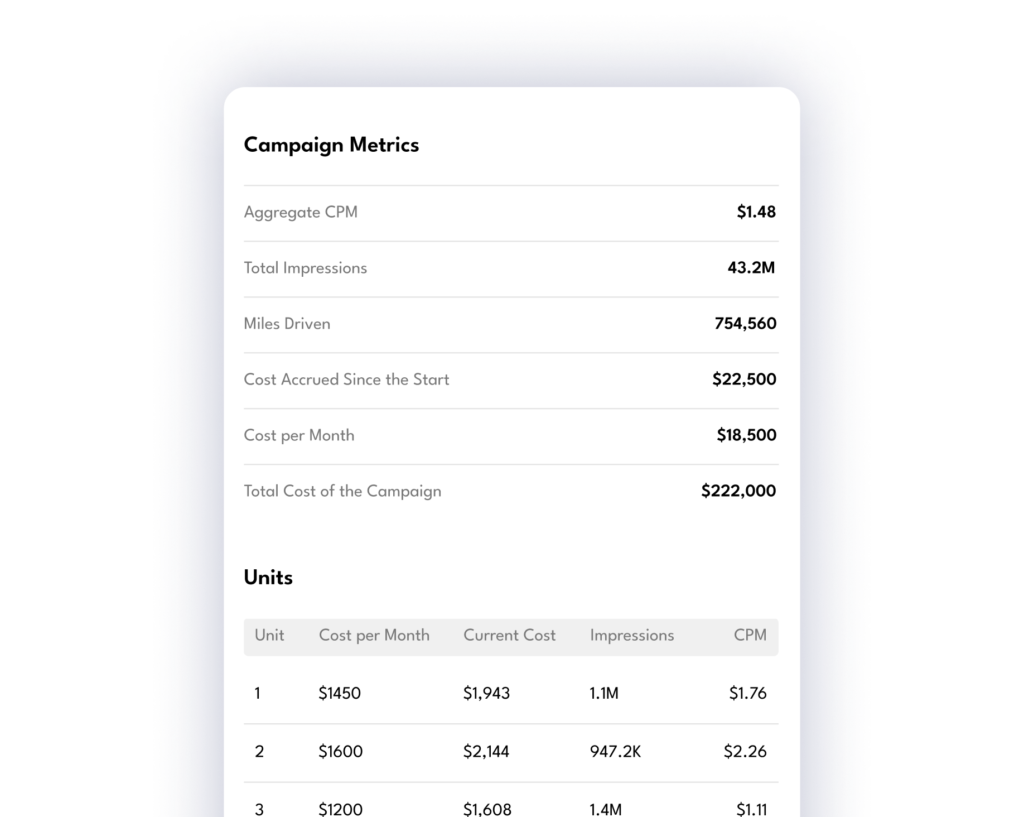
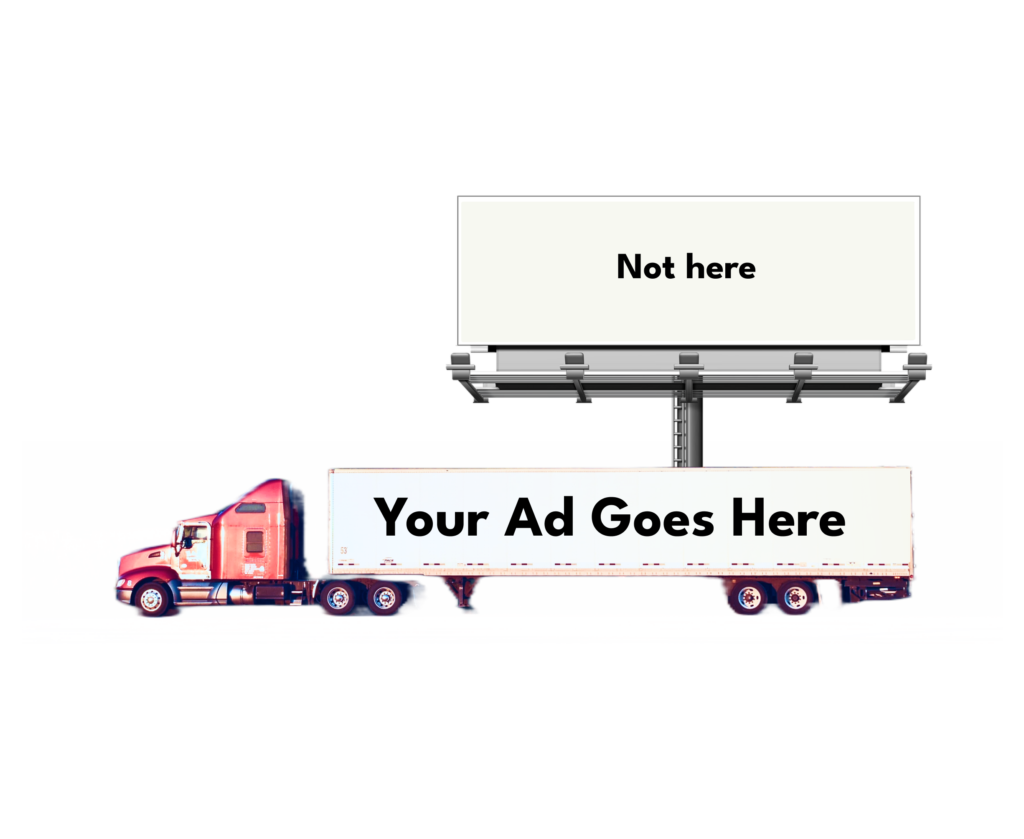
Not the Billboard Advertising Pricing
With an average mobile billboard CPM of $1.4, you will pay half of what you’d spend on a billboard. That’s 1/4 of what you’d pay for median social media ads, which are becoming more and more unattainable by the day. Traditional billboard CPMs, albeit at a slower pace, still are creeping up with them. In this world getting 3 moving billboards for 50% off a traditional one may sound like a no brainer. It especially makes sense in the B2C space.
All in all, advertising on trucks has its benefits and drawbacks and won’t suit every business. Thanks to its similarity to transit and billboard ads, it combines the elements of both. At the same time, it gives advertisers the opportunity to tap into audiences otherwise unreachable by other methods. With more companies using their billboard advertising budgets on mobile billboards, it might be the best time to consider the new medium.

